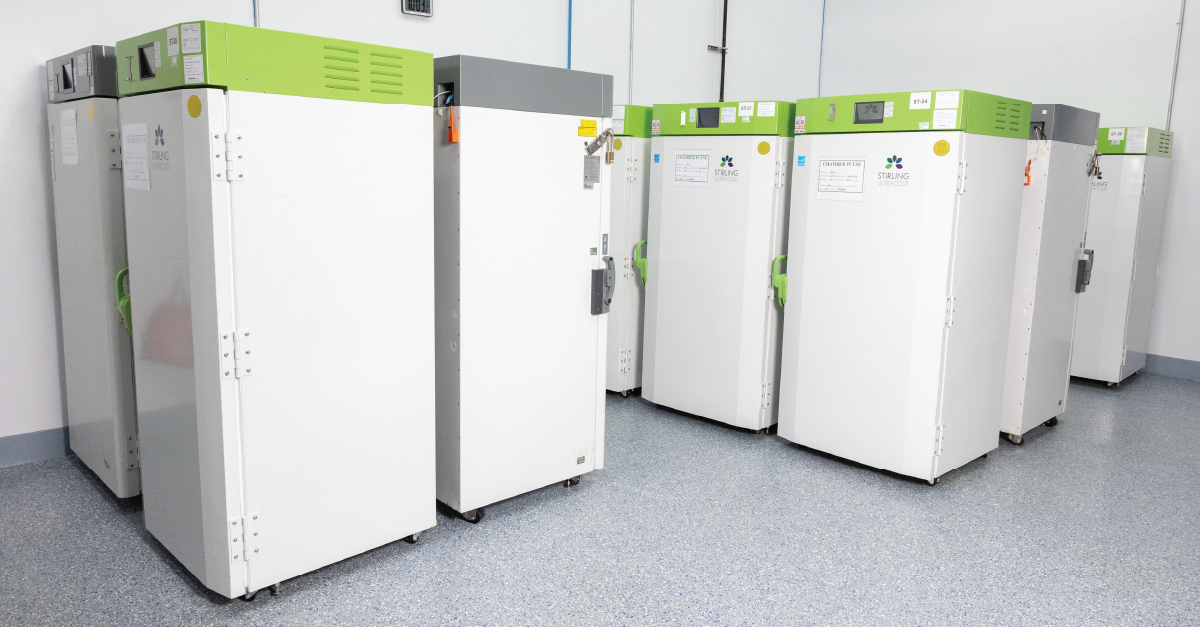How Often Should GMP Controlled Temperature Units (CTUs) be Requalified?
How often should GMP CTUs be requalified? This is not a simple question to answer. Determining the appropriate requalification interval and testing...
2 min read
Alcami Validation Team : Jun 7, 2024 2:29:53 PM
Thermal mapping of warehouse space is an important step in control of the supply chain for life science companies throughout the R&D, manufacturing, and distribution stages. Pre-production materials and finished biopharma products have specific storage conditions that must be measured, documented, and met to be compliant toward current Good Manufacturing Practice.
Those same considerations are important and need to be accounted for when warehouses are constructed or updated. The warehouse has been built based on the design and user requirement specifications. If the warehouse or storage area has any outside facing walls (or ceiling), summer temperature mapping should be performed to evaluate, document and optimize temperature and/or humidity conditions.
Ambient storage warehouses have an acceptable temperature range of 15-30°C or 20-25°C for Controlled Room Temperature (“CRT”), while cold-storage warehouses may operate at a range of temperatures such as 2-8°C, -20°C, -30°C, etc. Industry guidance such as USP 36 general chapter 1079 recommend that a GMP warehouse mapping should run for at least 7 days to capture both static and dynamic conditions including the effects of products being moved, loading bay doors being opened, etc.
Some things to consider when developing your plan: Determine what products are planned for storage in the area. Product labels will be important for understanding any temperature, humidity, and light sensitivities and for developing the criteria for the qualification studies.
Run and monitor the mapping study for seven or more days. Seven days is recognized as best practice to map static and dynamic conditions throughout a full week. Once mapping is completed, the data from your validation study will determine where your warehouse’s hottest, coldest and average temperature locations are. This data is useful for ensuring that monitoring sensors are in the best locations to ensure product conditions are being maintained appropriately.
Finished pharma products and pre-production materials may be susceptible to temperature and humidity fluctuations. Performing warehouse mapping during the summer months is required to verify and document that your storage conditions are always maintained, even during seasonal extremes.
A compliant 24/7/365 continuous monitoring system in your warehouse allows you to have confidence in the integrity of all products stored within once your validation study is completed.
With the high dollar, or priceless value of many pharmaceutical products and APIs, it is a sound investment to develop and execute a robust seasonal warehouse mapping strategy and incorporate a validated continuous monitoring system for 24/7/365 vigilance.
More questions? Alcami has over 40 years’ experience in Commissioning, Qualification and Validation, and offers service across the US. Contact one of our mapping experts today to discuss your needs today.

How often should GMP CTUs be requalified? This is not a simple question to answer. Determining the appropriate requalification interval and testing...

What is Aliquoting? Aliquoting is a key technique in pharmaceutical research to divide a larger volume of bulk material or reference materials into...

In the biopharmaceutical industry, thermal validation is required for sterilizers. Sterilizers are used in cleanrooms for equipment used in...